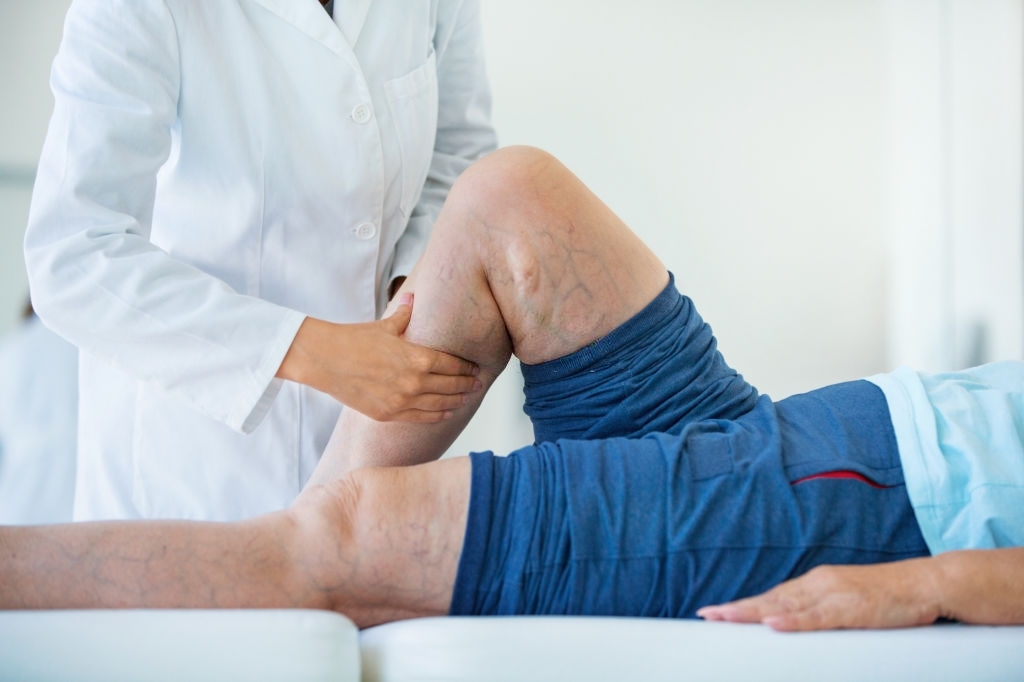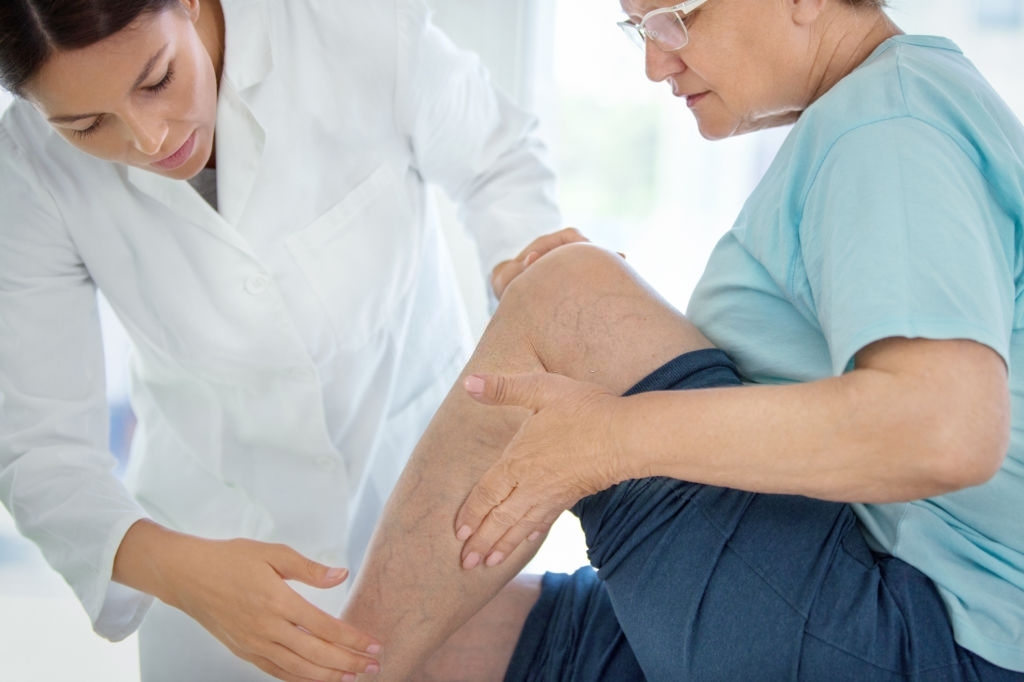Varicose Veins
Varicose Veins & Pain With Walking
Varicose vein information

Varicose veins are dilated, twisting, bulging, discoloured superficial veins. They tend to be familial, most commonly occur in women, are worse during pregnancy and can cause pain with walking. Some individuals are most concerned about the negative cosmetic appearance of these veins.
Many women have small spider veins or web-like reddish-purple clusters of tiny veins on the legs, particularly the thighs. Rarely are spider veins a cause of pain.
Our Centre specialists have extensive experience with the latest and most advanced techniques to manage venous disease, varicose veins and spider veins.
These techniques are used to provide individualised care for any venous problem whether it be sudden and serious or chronic and long-term.
What causes varicose veins?
When veins become blocked as with a blood clot or when the valves fail to work properly, blood will pool in the leg. As time goes on, the increased pooling of blood and increased pressure in the veins may cause the veins to become enlarged and painful. Also the high pressures in the veins can cause blood to leak out of the vessels and into the tissues. The blood becomes trapped in the skin, and turns brown. This brownish pigmentation typically occurs around and above the ankles. Over the course of years, the leakage of blood and fluid into the leg can cause damage to the skin. Ulcers of the skin can occur, usually in the ankle area.

FAQs
Varicose veins may not cause any pain. Signs you may have with varicose veins include:
- Veins that are dark purple or blue in colour
- Veins that appear twisted and bulging; often like cords on your legs
When painful signs and symptoms occur, they may include:
- An achy or heavy feeling in your legs
- Burning, throbbing, muscle cramping and swelling in your lower legs
- Worsened pain after sitting or standing for a long time
- Itching around one or more of your veins
- Bleeding from varicose veins
- A painful cord in the vein with red discolouration of the skin
- Colour changes, hardening of the vein, inflammation of the skin or skin ulcers near your ankle, which can mean you have a serious form of vascular disease that requires medical attention
Spider veins are similar to varicose veins, but they’re smaller. Spider veins are found closer to the skin’s surface and are often red or blue. They occur on the legs, but can also be found on the face. Spider veins vary in size and often look like a spider’s web.

